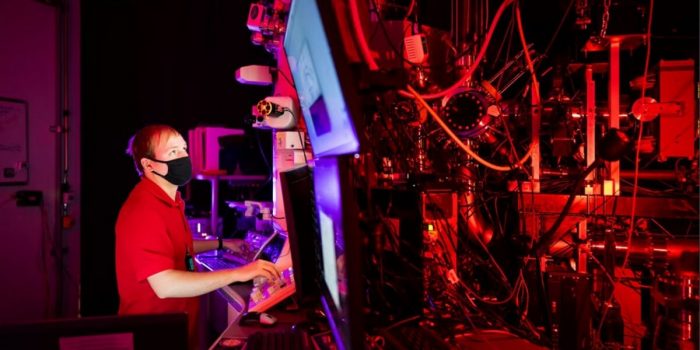For a long time, people believed that when metal structures like bridges or engines develop cracks, they will only get worse over time. But recently scientists have done research and experiments on a small piece of platinum through which they have reached the conclusion that the above-mentioned theory may not always be true,
Scientists have been working for a long time on doing something that has never been achieved before which is creating materials that can repair themselves after being damaged. They have succeeded with ceramics, car coatings, concrete, and even a bioplastic inspired by squid teeth. But when it comes to metals, the ability to self-heal from small fractures caused by wear and tear (known as fatigue damage) has been difficult to achieve.
“Cracks in metals were only ever expected to get bigger, not smaller,” said Brad Boyce, a scientist at Sandia National Laboratories. “Even some of the basic equations we use to describe crack growth preclude the possibility of such healing processes.”

Researchers from Texas A&M University, led by Boyce, were studying how cracks formed in metal using an electron microscope. During the experiment, they saw the nanoscale piece of platinum repair itself after it had been fractured. This unexpected self-repair occurred without any interference from the researchers and was similar to how human skin heals after a cut.
“This was absolutely stunning to watch first-hand,” said Boyce, who is the lead author of a paper describing the finding. “What we have confirmed is that metals have their own intrinsic, natural ability to heal themselves, at least in the case of fatigue damage at the nanoscale.”
The researchers are excited about this discovery because it could change the way engineers design and think about stress fractures in metal-based structures. If they can understand and harness the mechanism behind this spontaneous repair, it may lead to more durable and resilient metal materials.
The researchers do admit that they don’t fully understand how platinum was able to repair itself and how the discovery was made at a very tiny scale in a controlled environment. This is why it is still uncertain if this self-healing ability will work the same way in larger metal structures in the real world.
“The extent to which these findings are generalizable will likely become a subject of extensive research,” Boyce added.
“My hope is that this finding will encourage materials researchers to consider that, under the right circumstances, materials can do things we never expected,” said Michael Demkowicz, a Texas A&M professor who theorized the self-healing potential of metals in 2013.
After being informed of the new findings by Boyce, Demkowicz ran a computer model simulation of the findings and confirmed that they matched those he theorized 20 years ago.


